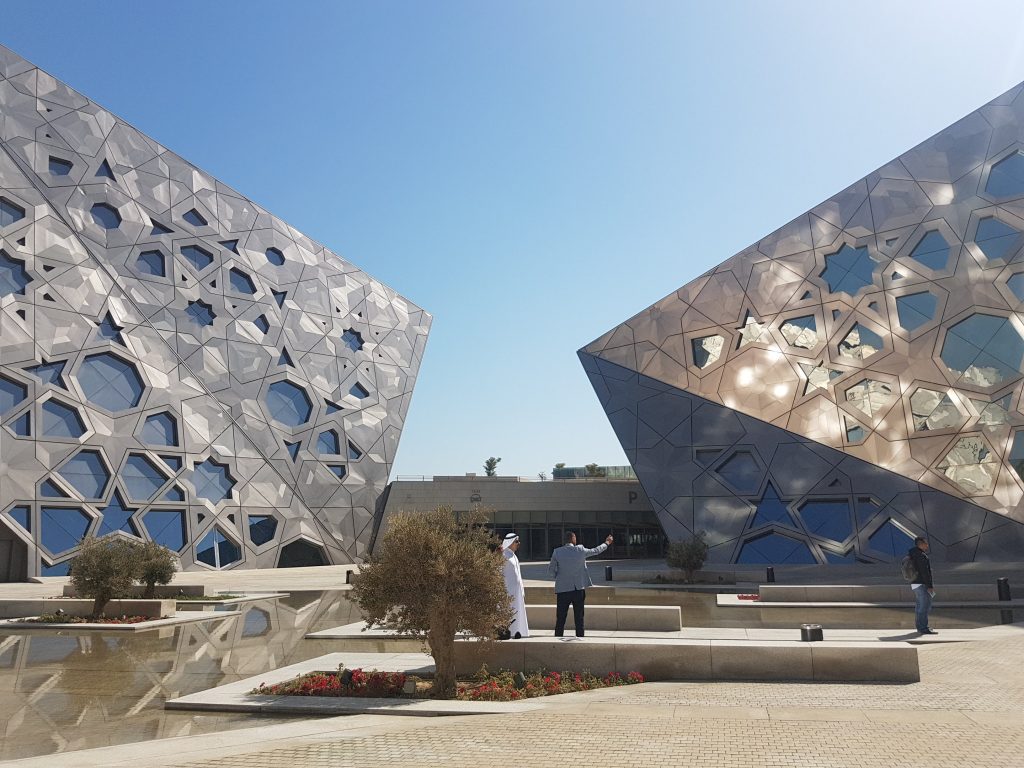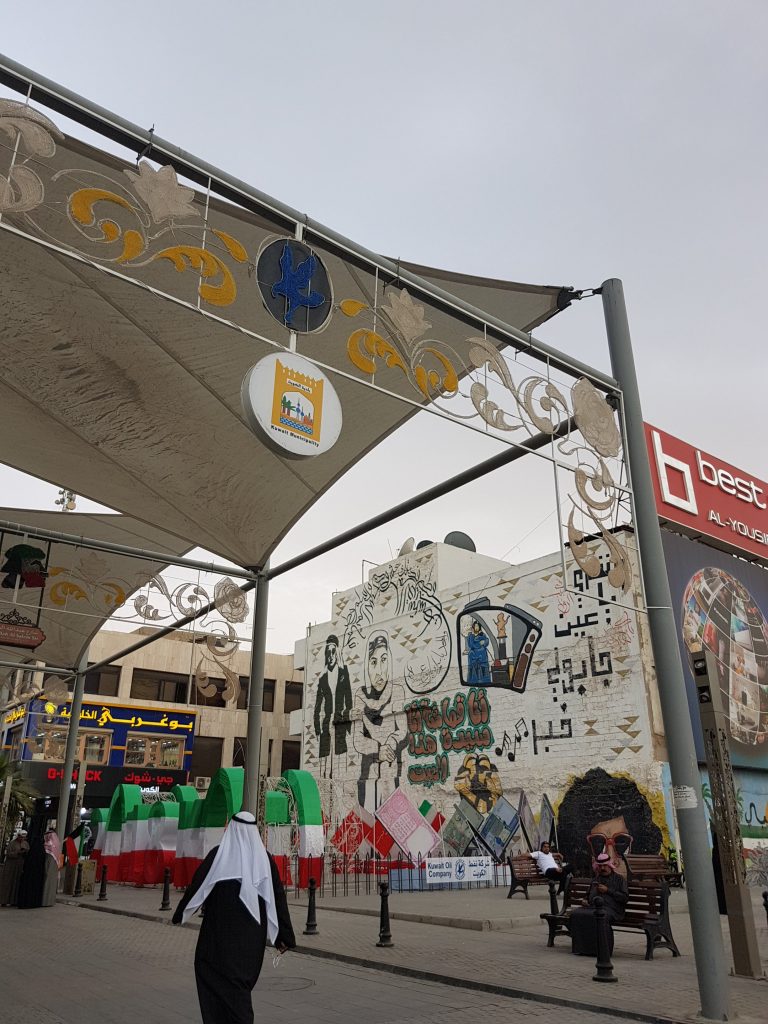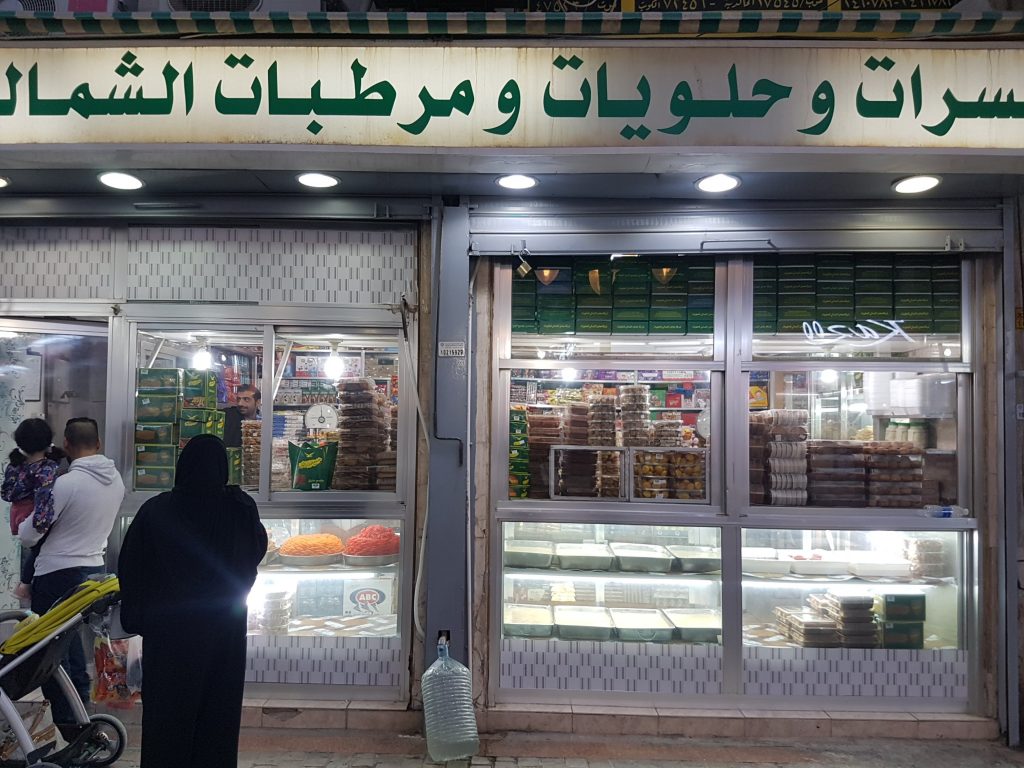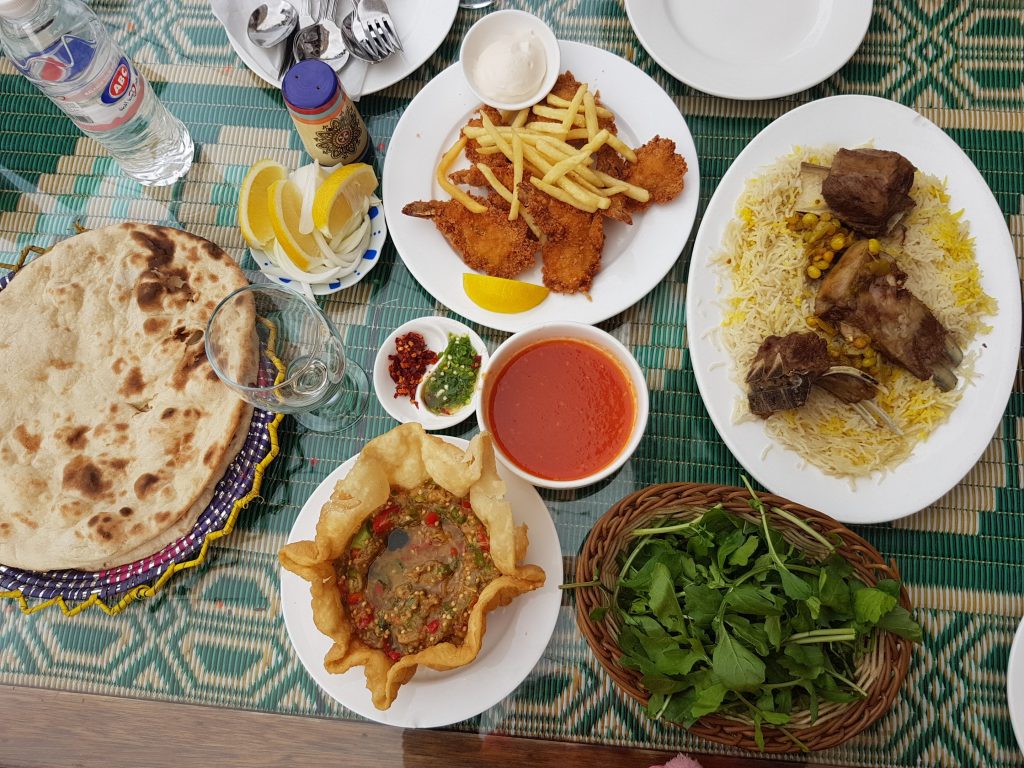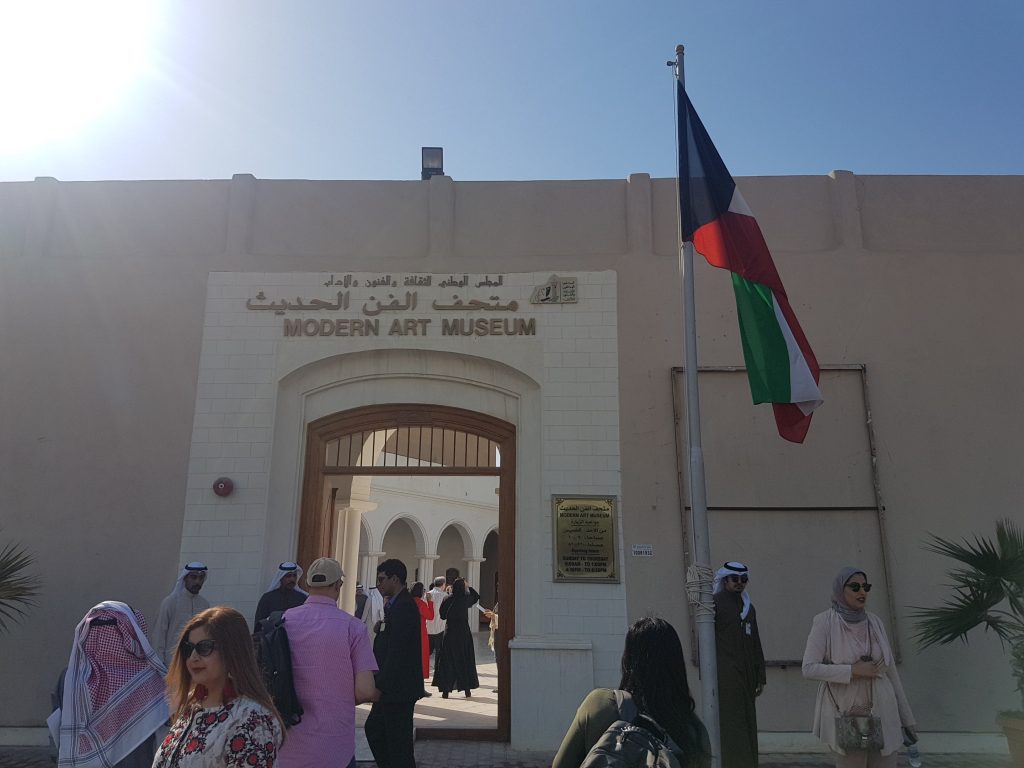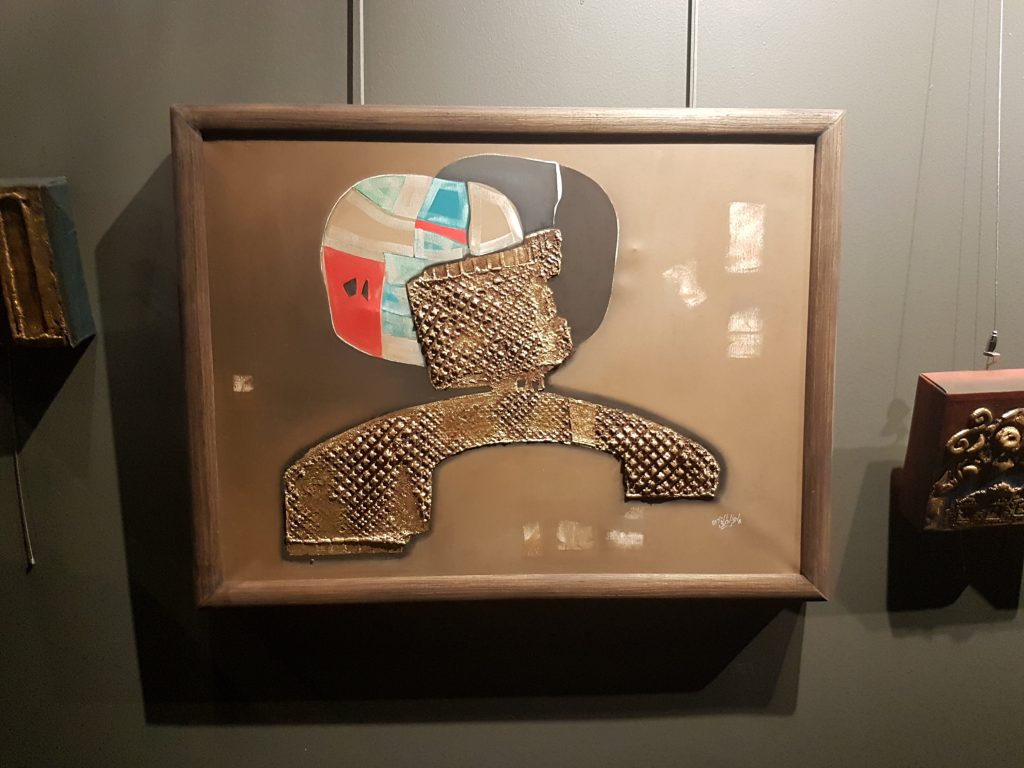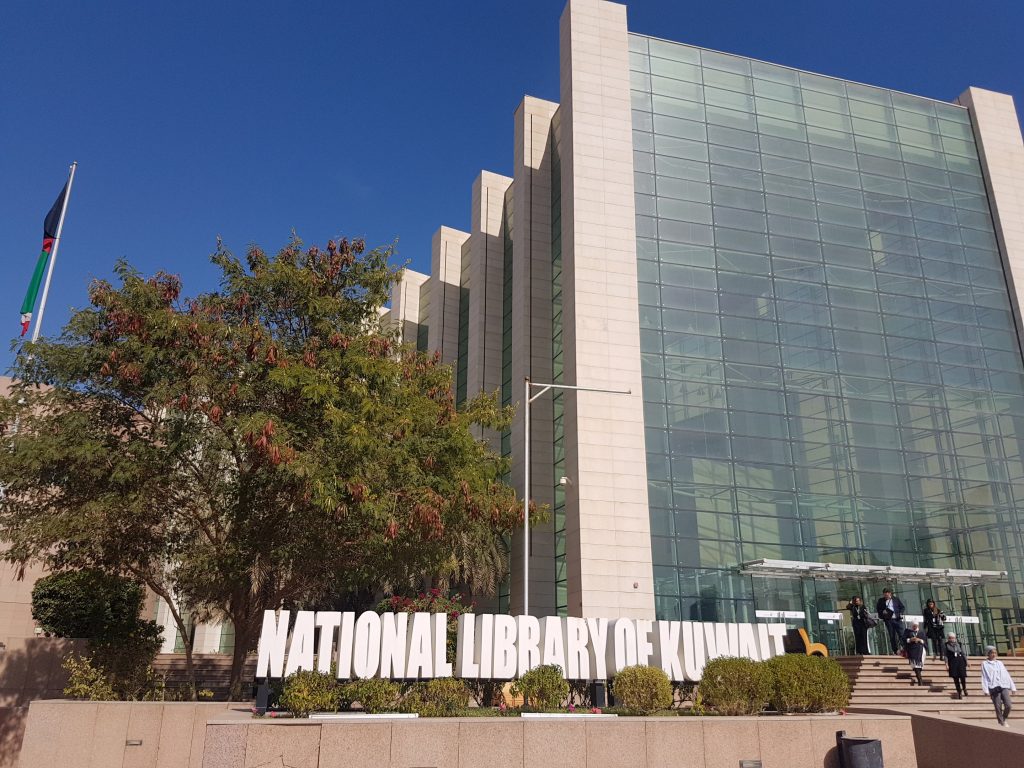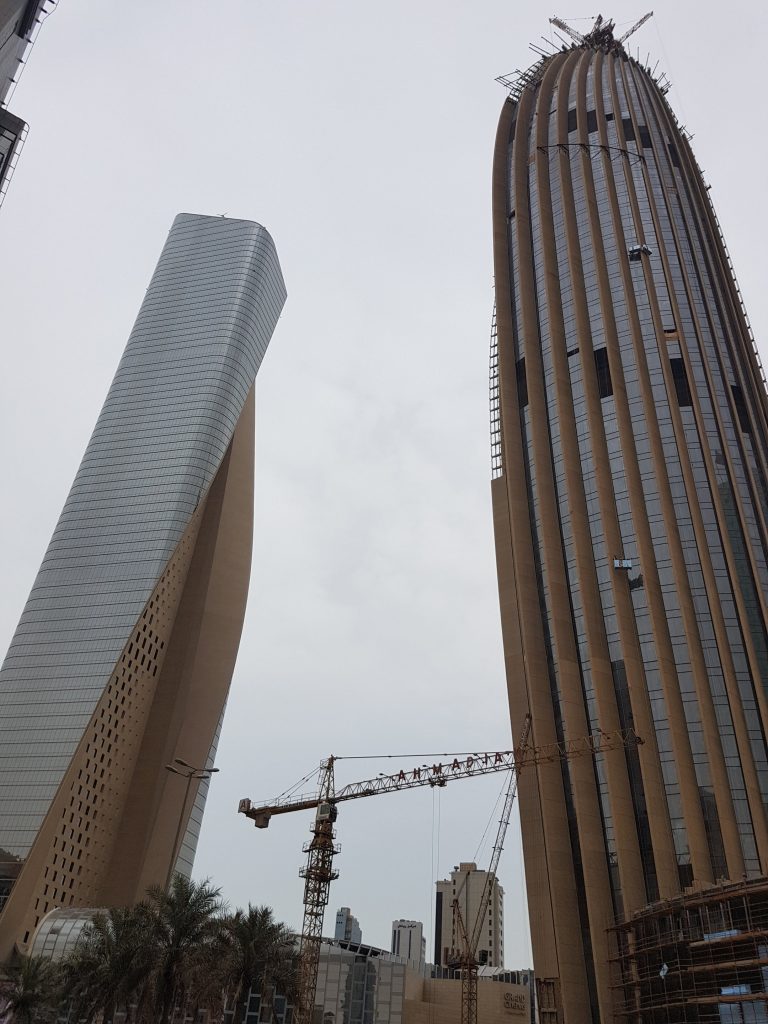Kuwait City – Desert and ocean. Hot days, cold nights, sandstorms and even light rain showers. Constantly dry weather, low humidity. All these climate fluctuations happened in less than a week in Kuwait City, the capital of Kuwait, in mid-February 2018.
The country set in the Gulf’s northwestern portion was established just 57 years ago, and it touches borders with Saudi Arabia to the south, Iraq to the north and the ocean to the east. An oil-rich nation boasting one of the world’s highest per capita incomes, it has a population of about 4 million – 1 million natives and 3 million non-locals, including Pakistanis, Indians, Filipinos, Bengalis and even Nepalese who flock to the country seeking work and a better life. They work in services, especially taxis, restaurants, cafes and hotels, and form the base of the labor force pyramid. The Kuwaitis, on the other hand, work for government, banks, oil companies, and other industries requiring higher-skilled workers.
Kuwaitis are a hospitable people, and foreigners coming for work or leisure are welcomed warmly. They get offered snacks, tea, Arab or Kuwaiti coffee – a turbid, tea-like concoction flavored with cardamom and other spices, made from not entirely roast grain – and sweets, lots of sweets.
Kuwait is one of the more open, Westernized Gulf countries, and this translates both into habits and a culture of consuming Western things. Women are not obliged to wear veils, and they are usually very neatly made-up and clad in conservative, yet contemporary fashion in clothing by big international brands. And both in Kuwait City’s downtown and oceanfront areas, one can see the influence of United States culture, with franchise restaurants and fast-food outlets like Applebee’s, Starbucks, Chili’s, McDonald’s and Five Guys.
The young city’s downtown area looks like a construction site, with skyscrapers seemingly trying to outdo one another in height, ostentatiousness and grandiosity. The metropolis, and the country, have been rebuilding for over two decades now, after the war with Iraq. The Kuwait National Day, which was celebrated on February 25 and 26 this year, marks both the country’s establishment, 57 years ago, and its liberation from Iraq, which dates back 27 years.
During a trip to cover the Kuwait International Conference for Iraq’s Reconstruction, this ANBA reporter learned a bit of the culture, habits and tourist spots of Kuwait City. (story continues after gallery)
Souk Al-Mubarakiya is the city’s main market. Here, you can find folk costumes like women’s abayas (cloak-like items resembling long, wide dresses) and men’s dishdasha (a long dress), as well as scarves, rugs, perfumes, souvenirs, candy, tea and chocolate on display in small stores and tents across the market.
The strong-scented incense that’s embedded in Kuwaiti culture can be smelled all over the city, with its unmistakable, inebriating aroma that’s mostly sandalwood-based. At the souk, it sells from tents; at hotels and other public places, they are burned in batches to purify the air and mask the smell of food and cigarettes. Kuwaiti men and women also wear it as perfume.
Outside the souk are the cafes and restaurants, with a big variety of foods influenced by Arab Mediterranean, Indian and Asian cuisines. The food is great. Arab food fans can delight in a variety of hummus, baba ghanoush, dry curd, Arab bread, lamb, poultry (which comes from Brazil), beef, salad, rice and sweets, all very fresh and flavorful. The quality of Kuwaiti food is excellent virtually anywhere, since food safety control is very strict.
Alcohol is prohibited in the country, but options include fruit juices, camel milk, yoghurts and alcohol-free drinks. Black tea and Arab coffee (the one with the cardamom) are found just about everywhere.
The place to be in Kuwait right now, cafés are hugely popular among youngsters in the City. They offer types of coffee that are more familiar to Brazilian tastes, such as espresso, strained, and French pressed. The grain is sourced from Brazil, Ethiopia, Honduras and Panama. In some cafes (like the one pictured in the gallery), Brazilian coffee bags were part of the décor.
Sheikh Jaber Al-Ahmad Cultural Centre is a place for the whole family, with concert and opera halls, restaurants and other attractions. The ultramodern, glass- and steel-heavy buildings with arabesques are Islamic architecture-inspired, and they seem to match the landscape near the beach. The place was designed by British architect Ray Phillips and opened a year and a half ago. It has featured orchestras, operas and artists from around the world. Every half an hour there’s a musical fountain show, and the water seems to dance to the rhythm of Arab music.
The Kuwait Modern Art Museum is set in an old house with traditional Arab architecture, built around a central patio. The place was home to one of the oldest, most prestigious schools for boys since 1938 – emir Sabah Al Ahmad attended it – before its conversion into a museum in 2003. During my visit, there were three different exhibits taking place: one featuring “before and after” photos of bombings in Iraq and two featuring paintings, by Iraq’s Maher Al-Taee and Armenia’s Jackie Kazarian.
The Kuwait Towers are a beautiful landmark, completed in 1979 and symbolizing modernity. During the day, the three towers (the smallest of them can only be seen during the day) are blue-toned; at night, the colors of the national flag shine on it. The tallest of the towers is 187 meters high, and the biggest of the spheres includes a 4,500 cubic-meter water tank in its bottom and a 90-seat restaurant in its top. The second tower measures 147 meters and is intended for water supply. The two towers hold 9,000 cubic meters of water. The third tower is not meant for water storage.
The National Library of Kuwait, established in 1923, features books, periodicals and assorted publications in Arabic, French and English. Brazil’s ambassador to Kuwait, Norton Rapesta, said he will donate 300 books written in Brazilian Portuguese to the library.
Getting there
The trip from São Paulo to Kuwait City takes nearly a whole day. This ANBA reporter took 15 hours to get to Dubai, UAE, and then waited for three hours for the connection before taking another 1h45 Emirates flight to Kuwait City. The time zone is GMT+3. Flights are available from several airlines, with layovers in Europe, Africa and the Middle East. Arab Brazilian Chamber of Commerce partner companies Emirates and Qatar Airways fly São Paulo-Kuwait City routes, the former via Dubai and the latter via Doha. No nonstop flights are available.
Translated by Gabriel Pomerancblum





